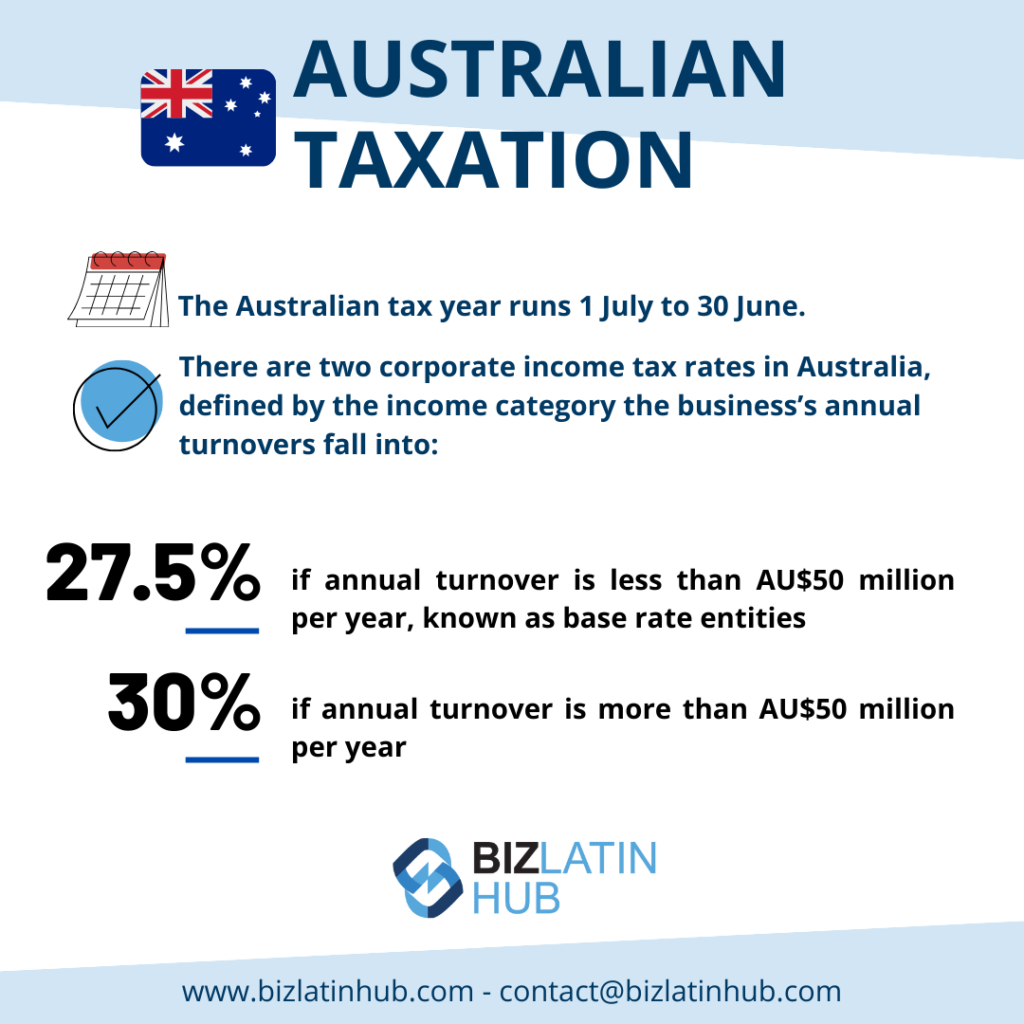It is important to understand how to liquidate a company in Australia if your business operations aren’t playing out as planned. Not every business project works out, and liquidation is one useful option for executives if reorganization or further capital injections aren’t feasible.
There are multiple ways to liquidate, cancel and dissolve established companies or branches in Australia. For each of these processes, it’s wise to seek out a trusted legal services specialist in the country who can support your liquidation proceedings.

When would you choose to liquidate your company in Australia?
Liquidation is the right choice for your company if the firm:
- Cannot pay its creditors or its obligations to the Australian Taxation Office (ATO)
- Is too small (To save a small company, Voluntary Administration is too expensive)
- Has no assets, or not enough assets to keep doing business
- Is trading at a loss, cannot recover from losses accumulated, in the past, or has stopped trading altogether.
Liquidation can be a desirable option for directors who want to eliminate their obligations and liability for company activities and formally close operations.
Different types of liquidation
There are four basic types to liquidate your company in Australia:
- Creditors Voluntary Liquidation: This is the most common method of liquidating a company. Directors and shareholders declare the company insolvent and appoint a liquidator to carry out liquidation proceedings.
- Members Voluntary Liquidation: This method is used to voluntarily finalize the affairs of a solvent business.
- Official Liquidation: The Court appoints a liquidator on application by a creditor.
- Provisional Liquidation: The court appoints a liquidator for a period of assessment mostly in a director’s dispute.
If you choose to liquidate your firm, then you must establish if the company is solvent or insolvent. You will choose the CVL process if your company is insolvent. If your company is solvent, you will need to undertake MVL proceedings.
Creditors Voluntary Liquidation (CVL)
This method to liquidate your company in Australia is agreed upon by the directors and shareholders.
- Directors agree to liquidate and declare insolvency
- Appoint liquidator
- Call an Extraordinary General Meeting for the shareholders
- Approve a Special Resolution
- Wind up the firm.
Members Voluntary Liquidation (MVL)
This method is only available to solvent companies and is primarily used to return capital to shareholders and finalize the company’s affairs.
Members Voluntary Liquidation appointments are commonly made as part of the simplification of a group of companies, to save on administration costs or to utilize tax advantages when distributing past profits to shareholders.
The conduct of an MVL is procedural, and includes:
- Formal meetings
- Forms to be lodged with ASIC
- Notifications to government authorities
- Advertisements in ASIC’s Insolvency Website.
In a practical sense, the affairs of the company must be ‘wound up,’ including the removal of all assets, and payment of all liabilities.
Appoint a liquidator
To appoint a liquidator in a Creditors Voluntary Liquidation and a Members Voluntary Liquidation, you have to:
- Sign a document of the directors’ resolution
- Sign a resolution by the shareholders
- Contact an experienced liquidation services provider
- The liquidator provides the draft minutes of a meeting
- The liquidator receives a consent to act as liquidator.
The process of a liquidation
The process of liquidation varies on the different types of liquidation. Generally speaking, the duties of the liquidator include:
- Lodgment of various appointment documents at the Australian Securities & investments Commission (ASIC)
- Recommend different government organizations, for instance, the Australian Tax Office and state government revenue offices, of the appointment
- Ask if the director(s) can complete a questionnaire and deliver the books and records of the company to the Liquidator
- Gathers and sells the assets of the firm
- Set up a creditors report and hold a creditors’ meeting
- Reviews the books and records and reports findings to ASIC
- Possibly commence recovery activities if there were “hidden assets” or assets that should be recovered
- If resources are available, pay a dividend to creditors
- Finalize the liquidation by formulating a final report for creditors, lodge different documents with ASIC and request that ASIC deregisters the firm. In order to let the government know that the company is formally closed.
Common FAQs for Liquidating an entity in Australia
Based on our extensive experience these are the common questions and doubts of our clients when liquidating a local entity
Board Resolution: The company’s directors pass a resolution to initiate the liquidation process.
Appointment of Liquidator: A registered liquidator is appointed to oversee the liquidation process. The appointment can be made by the directors, creditors, or the court.
Notice to Creditors and ASIC: Formal notice of the liquidation is sent to creditors and lodged with the Australian Securities and Investments Commission (ASIC).
Asset Liquidation and Debt Settlement: The company proceeds to liquidate its assets and settle its debts, ensuring proper distribution of funds to creditors.
Employee Settlement: Settlement of employee obligations, including payment of wages, entitlements, and termination benefits in accordance with employment laws.
Meeting of Creditors: A meeting of creditors is held, allowing creditors to appoint a committee of inspection and approve the appointment of the liquidator.
Account Closure and Tax Compliance: Closure of the company’s accounts and fulfillment of tax obligations, including the submission of final tax returns..
The liquidation process will normally take between (10) and (14) months, assuming the entity is in good standing and no rectification work is required.
Work with trusted legal specialists to liquidate your company in Australia
Liquidating a business is never an easy thing to do, regardless of the country in which it takes place. Australia is no exception to the rule, and the country’s liquidation procedure must be duly followed.
Liquidation is an extensive legal procedure, and it is essential to use a knowledgeable lawyer in Australia who can guide you through voluntary or court liquidation proceedings and offer advice on the next steps to exit the market.
At Biz Latin Hub, our team of local lawyers and professionals have significant experience with liquidation procedures and building comprehensive market exit strategies in Australia.
Reach out to our team of local experts for advice and comprehensive support to liquidate your business in Australia. Contact us now for personalized assistance.
Learn more about our team and expert authors.






